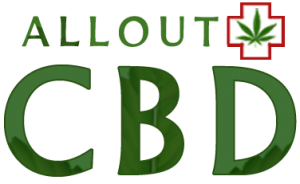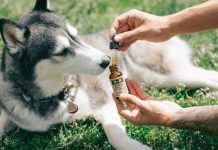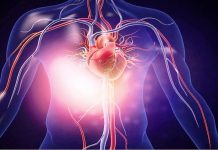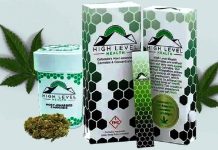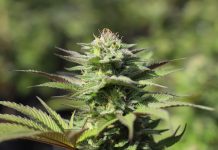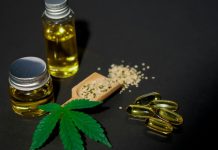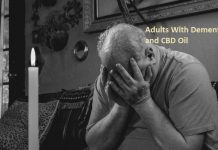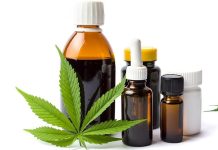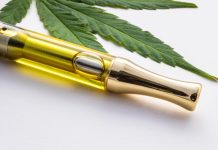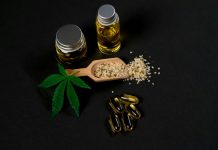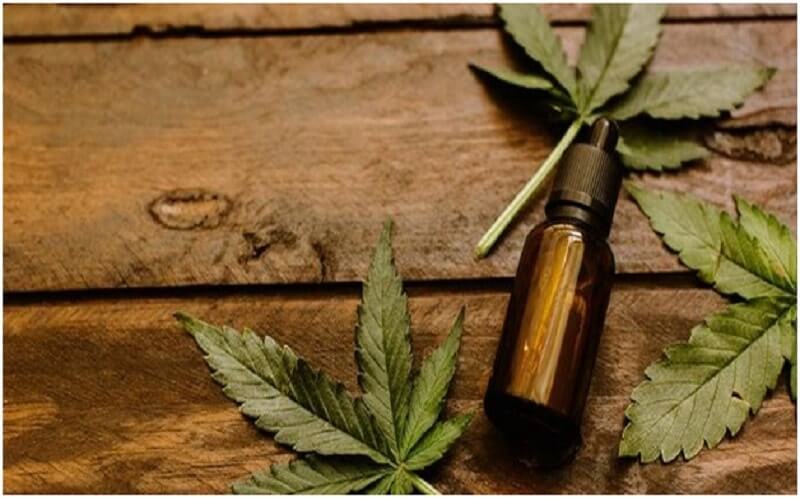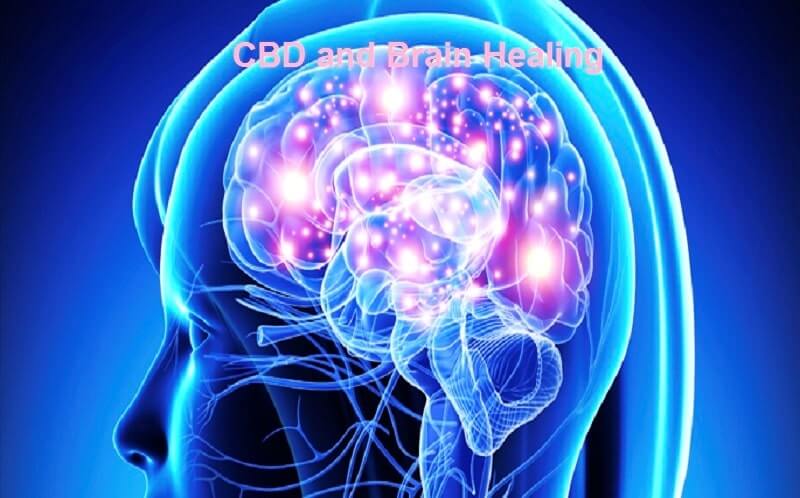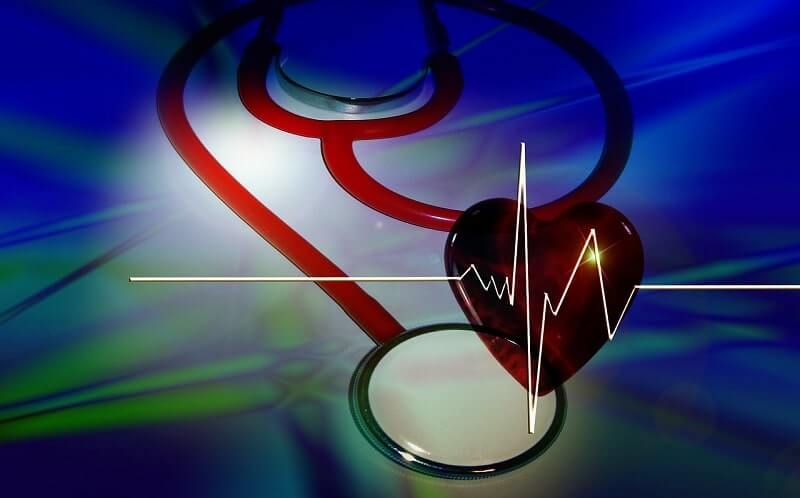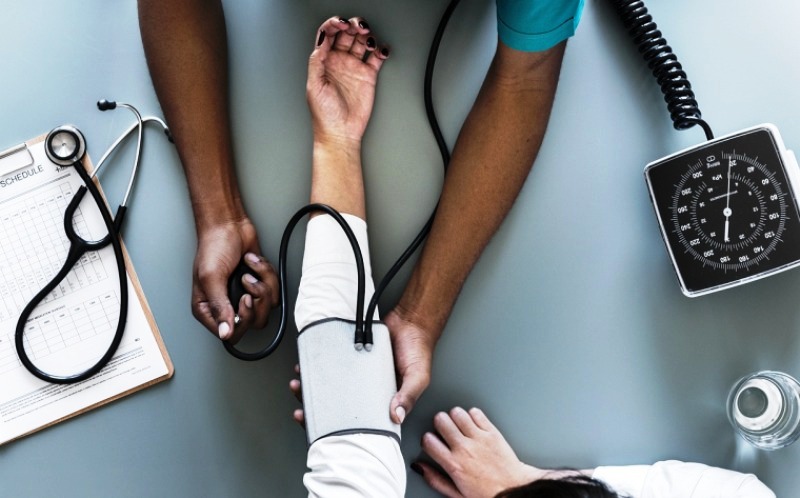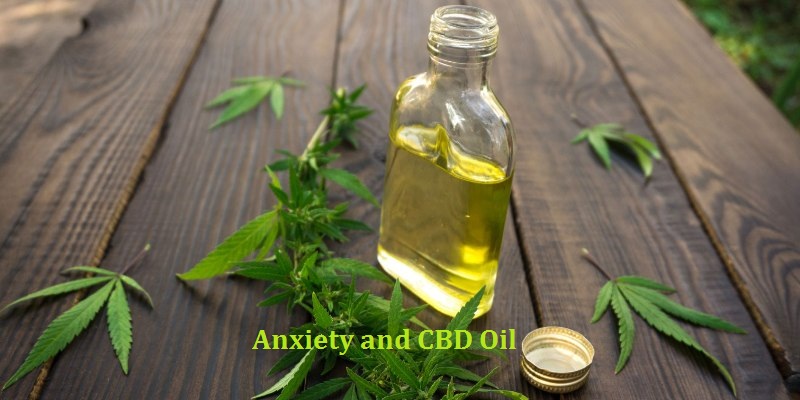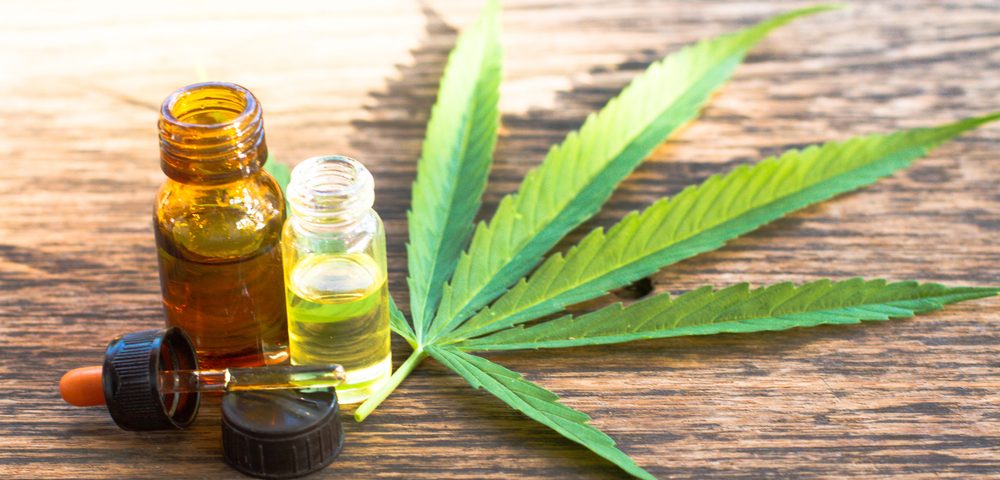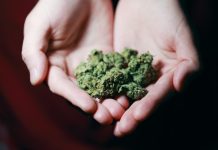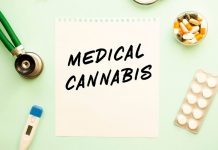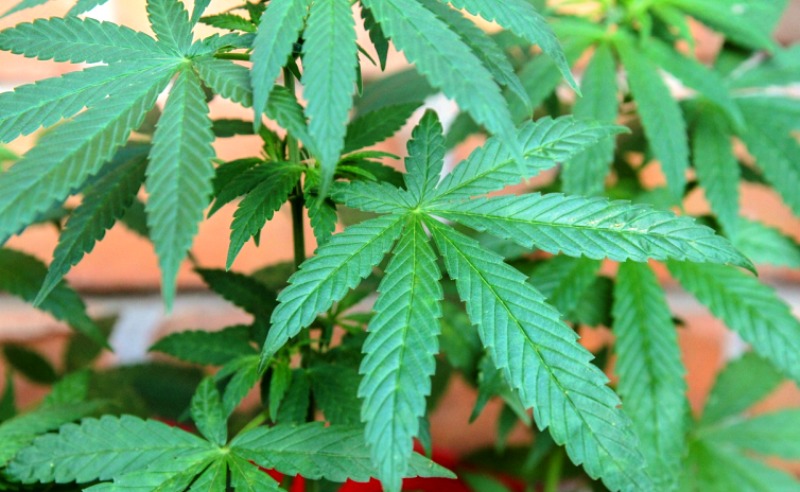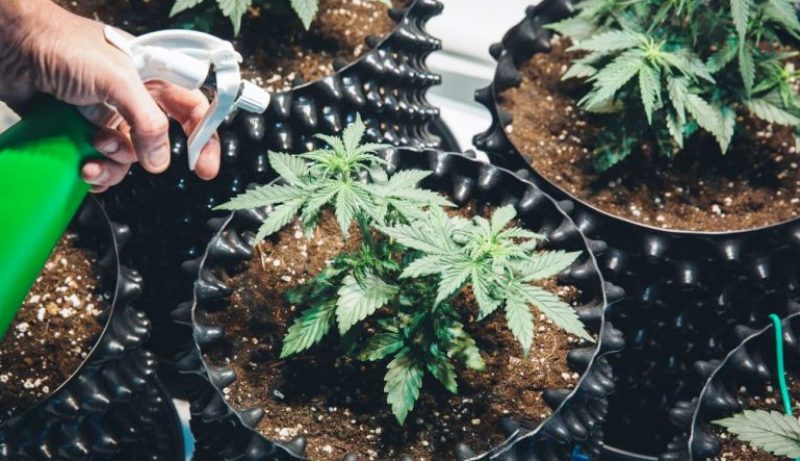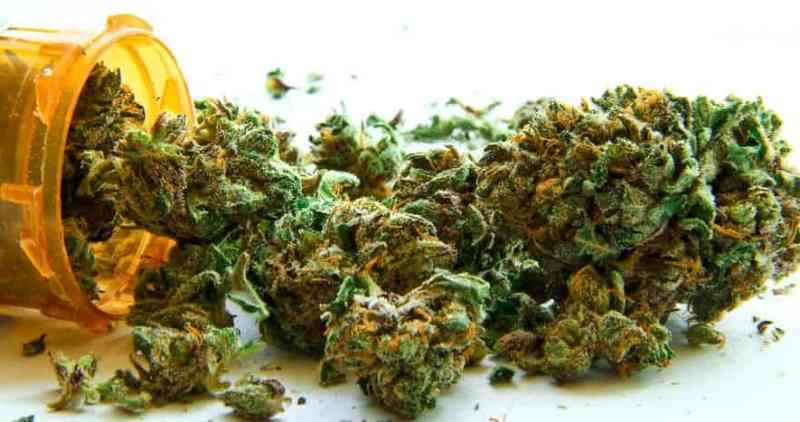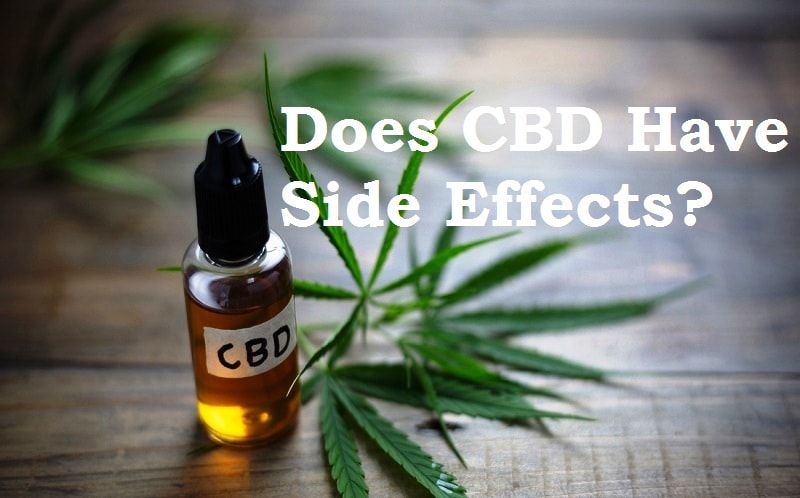Cannabinoids are molecules that have low toxicity and, therefore, safe handling when we work with them correctly from the therapeutic point of view, so when we use them for medicinal purposes, we advise the patient so that there are no side effects. But when we use cannabis for recreational purposes, we also have to take into account a series of factors that may be important to minimize the risk of cannabis use.
Anyone who uses cannabis should have information about possible side effects that may occur after their use. These side effects are dependent on the doses, of course, on the frequency of consumption, the type of cannabis, and the biometric characteristics of each individual.
As we all know, the chronic use of cannabis generates tolerance, and the doses must be increased every so often to obtain the same effect. We must emphasize that cannabinoids and especially CBD can interact with the metabolism of other drugs in the liver, resulting in slower metabolism of the drug and, therefore, an increase in its level in blood. Depending on the toxicity of the drug in question, its increase in the blood may be more or less dangerous, and we have to study these possible interactions with other drugs that may be commonly used.
We do not know exactly at what dosage the CBD initiates the inhibition of the metabolism of other drugs since it is a subject little studied, but with the data that we currently handle, we thought that this interaction could be generated with high doses of CBD, there are no documented cases of the possibility of life-threatening situations with the concomitant use of cannabis and other drugs.
Heart related issue:
When we consume cannabis for recreational purposes, we are basically consuming THC, in greater or lesser amounts, depending on the percentage of THC that each variety contains. These extracts in many cases contain a very high percentage of THC and in many cases will generate a THC poisoning, with the appearance of side effects. The use of THC causes an increase in cardiac output, tachycardia and an increase in blood pressure. The heart rate can be increased between 20 and 100% for a half hour to 3 hours depending on the dose, obviously.
Probably low or moderate doses would increase the activity of the sympathetic system and reduce parasympathetic activity, which would generate tachycardia and increased cardiac output.
High doses inhibit sympathetic action and directly activate the parasympathetic system, producing bradycardia and hypotension, which would not generate a situation of so much cardiac stress.
Gastric issues:
They also inhibit the secretion of gastric juice and gastric emptying is slower. These are your actions at the level of the digestive system. Chronic consumers may present constipation, or tendency to it, as a consequence of its spasmolytic effect, especially if CBD-rich varieties are consumed.
Nerve related issues:
At the level of the Central Nervous System, the first effect that we must take into account is the psychoactive effect, which in the case of using cannabinoids for therapeutic purposes, is not a desirable effect in most cases. Alterations at the level of immediate memory can be accentuated with high doses of THC, but are reversible when leaving the therapeutic use or use.
Effect on motor activity:
Cannabis acts on the areas that regulate motor activity. There is high density of CB1 receptors in the cerebellum, which basically regulates motor coordination and balance, an acute toxicity caused by THC generates motor coordination and alterations in balance, which are totally reversible.
Learning tasks may also be affected, as well as the ability to concentrate for certain activities. It can affect activities such as writing, driving, machinery management, depending on the tolerance and experience in consumption or treatment time. Spatial orientation may be affected in some cases. Equilibrium is also frequently altered when using high doses of THC, and we may have difficulty performing tasks that require motor coordination, or have difficulty walking.
Psychological issues:
High doses of THC produce an alteration of motility, with a tendency to hypotonia and hypomotility; there is a relaxing effect and inducing sleep. We can find ourselves after the consumption of cannabis with anxiety or panic attacks, especially in sporadic consumers who have little experience in handling it. Also, in some chronic consumers, anxious-depressive disorders appear at certain times, almost always after high consumption for years, without periods of rest.
Conclusion:
We have to consume in a reasonable manner, minimizing the risk factors for each consumer. The use of different substances at the same time is highly discouraged by experts since it can produce undesirable effects. For the safe use of CBD one should have contrasted information about the substances and above all check that there is no adulteration or contamination of the product that we are going to consume.
